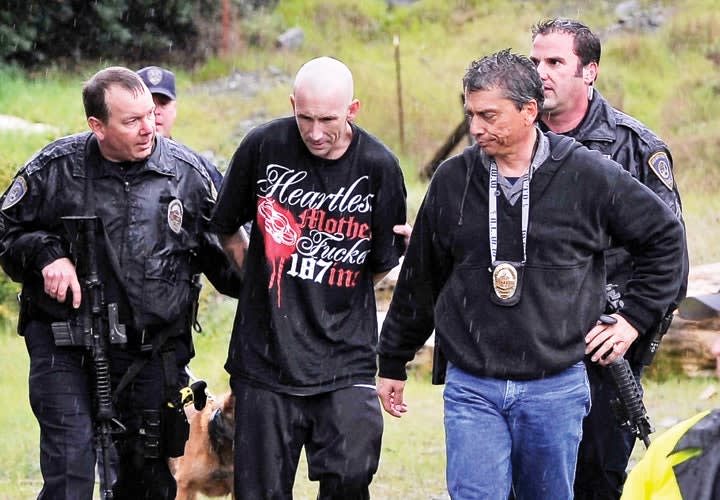The Supreme Court used a DUI case to differentiate questions that are likely to elicit incriminating responses from those that are not. Inocencio Muniz was arrested for driving under the influence of alcohol on a Pennsylvania highway. At the station and before Miranda warnings had been given, officers put a series of questions to Muniz and gave him directions for completing sobriety tests, all of which was video and audio taped. Muniz moved to exclude all of his responses, but the Supreme Court found that not all of the officers' words and actions constituted
"interrogation."
When officers prompted Muniz to say certain things merely to demonstrate that his speech was slurred and that his coordination was impaired, this was not "interrogation." Also, his uttered comments while he was being directed to take a breathalyzer test were admissible because giving a DUI arrestee such instructions is "normally attendant to arrest" for DUI. These portions of the tape were admissible.
On the other hand, when officers quizzed Muniz as to the date on his sixth birthday, they were seeking "testimonial evidence" that is protected by the Fifth Amendment and Miranda. Asking a suspect to answer a question that requires a verbal response that is incriminating because of its content, rather than its pronunciation, is the functional equivalent of asking him whether he is too drunk to compute the date of his sixth birthday. The evidence of his incorrect response was inadmissible.[PAGEBREAK]
Arizona v. Mauro
William Carl Mauro murdered his son in Flagstaff. Upon his arrest, he invoked the Miranda rights recited by officers. Later, his wife asked to be allowed to talk to him, and officers cautioned Mr. and Mrs. Mauro that for security, a police officer would have to be present while they spoke. This officer openly recorded the conversation, in which Mauro warned his wife against saying anything without a lawyer. His recorded statements were used at trial to rebut his insanity defense.













